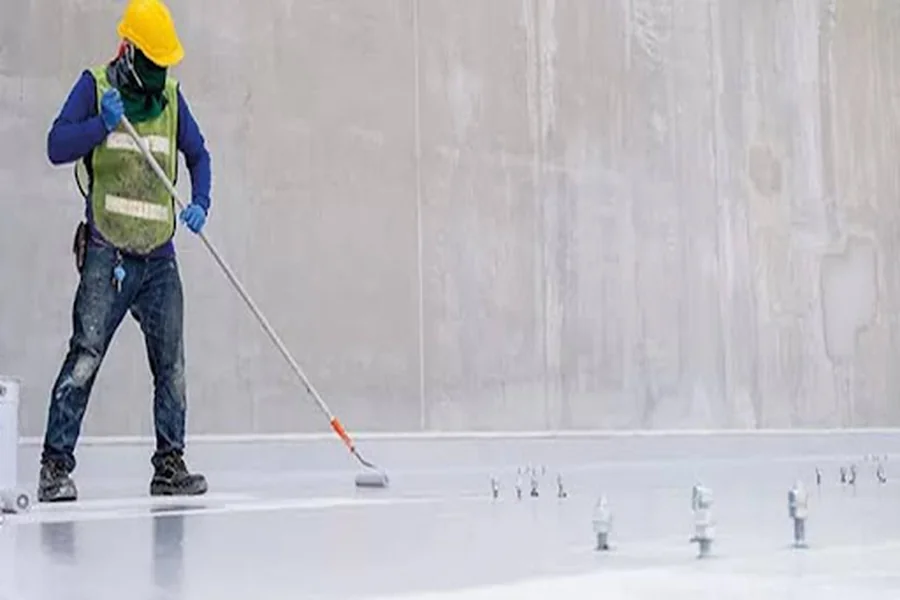The need to protect buildings from water damage is as old as construction itself. Thousands of years ago, civilizations were already developing rudimentary waterproofing methods. In Mesopotamia, bitumen—thick and tar-like—was used to seal structures and boats. The ancient Chinese, on the other hand, crafted a powerful, water-resistant mortar using slaked lime and sticky rice, which still holds parts of the Great Wall intact today.
Moving into Roman times, builders began using hydraulic concrete, allowing them to construct aqueducts and ports that withstood water for centuries. During the Middle Ages, natural resins, lime coatings, and even animal fats were used to ward off moisture in rudimentary structures.
The materials https://leaquida.ca/mississauga/ used for waterproofing have changed dramatically in the modern world. Elastomeric membranes, crystalline waterproofing substances, and sophisticated liquid-applied techniques that create seamless barriers are examples of innovations. Modern waterproofing techniques are not only more efficient than older ones, but they are also designed to accommodate different climates, structural requirements, and environmental restrictions.
Understanding different types of waterproofing systems
Modern building science offers several types of waterproofing solutions, each designed for specific tasks and materials:
- Cementitious systems : Often found in internal applications such as basements, bathrooms, and water tanks. These are easy to install and cost-effective, but lack flexibility—cracks in the base structure may compromise their integrity.
- Liquid-applied membranes : Available as acrylics or polyurethanes. Acrylic versions are lightweight and UV-resistant, best for roofs and terraces. Polyurethane, with its stretchability and durability, is used in areas with temperature swings or structural movement.
- Bituminous coatings : Made from asphalt blends, bituminous options are commonly used for foundation waterproofing. Though effective, they tend to age faster when exposed to sunlight unless modified with protective top layers.
- Polyurethane-based systems : Considered one of the best all-round solutions due to their excellent flexibility, chemical resistance, and adhesion. These systems are perfect for areas prone to movement or complex structural joints.
Choosing the right system is about more than just price—it’s about matching performance to the conditions of your specific project.
Basement waterproofing: keeping below-ground spaces dry
Naturally, basements are susceptible to moisture. Whether it’s water pushed in by hydrostatic pressure or seepage through tiny fissures, a wet basement can swiftly worsen into major structural and health problems.
Key causes of basement leaks include:
- Groundwater buildup applying pressure against walls (hydrostatic pressure)
- Faulty or clogged perimeter drains
- Improper surface grading
- Foundation cracks from soil shifting
Waterproofing a basement can be approached in two main ways:
- Interior systems: They deal with moisture once it has gotten inside. Fast and efficient, but typically reactive, solutions include channel drainage systems, sump pumps, waterproof coatings, and vapor barriers.
- Systems outside: These keep water from ever getting inside your home. Weeping tiles, waterproof coatings, drainage mats, and excavation around the foundation are all included in this.
Usually, both strategies are used in a complete solution. A home built on clay-heavy soil or in a rainy area may save thousands of dollars in long-term repair costs by investing in exterior waterproofing.
External waterproofing: protecting structures from the outside
The most effective Waterproofing Services in Mississauga strategy is one that stops moisture at the source. External waterproofing focuses on shielding the outside of a structure, forming a protective shell between the foundation and the surrounding soil.
Critical components include:
- Membranes and coatings : These are applied directly to the foundation walls, blocking moisture entry.
- Drainage boards : Installed over membranes, they direct water downward into perimeter drainage systems.
- Correct site grading : Sloping ground away from the building ensures surface water doesn’t pool against the foundation.
- Excavation when needed : In older homes or in cases of severe leakage, exposing and repairing exterior walls is often essential.
Foundation waterproofing and repair: preventing structural damage
Water-related foundation problems can go unnoticed for years—until they become expensive. Early signs include:
- Hairline cracks in concrete walls
- White powdery deposits (efflorescence)
- Persistent musty odors
- Warped floors or sticky doors and windows
Sometimes waterproofing is insufficient on its own. It might also be necessary to fix the foundation:
- Injection of cracks: To permanently seal cracks, epoxy or polyurethane is injected.
- Sealing outside walls entails applying liquid membranes or panels to the outside of the foundation.
- Drainage repair: You can relieve pressure and reroute water flow by installing or updating sump systems or French drains.
Long-term stability and safety are guaranteed by homeowners who combine structural restoration methods with waterproofing. Every property is different. For tailored guidance, local expertise matters.

